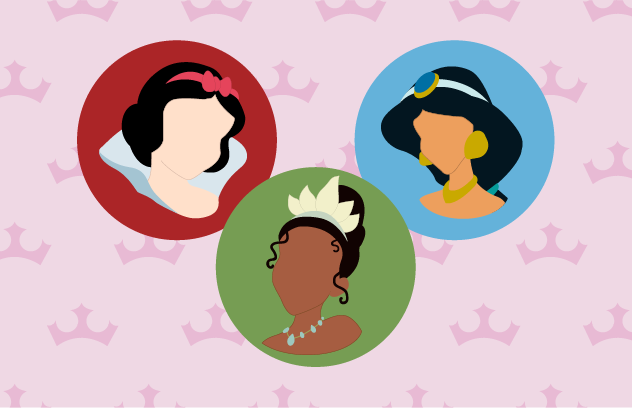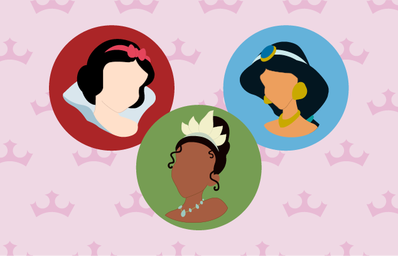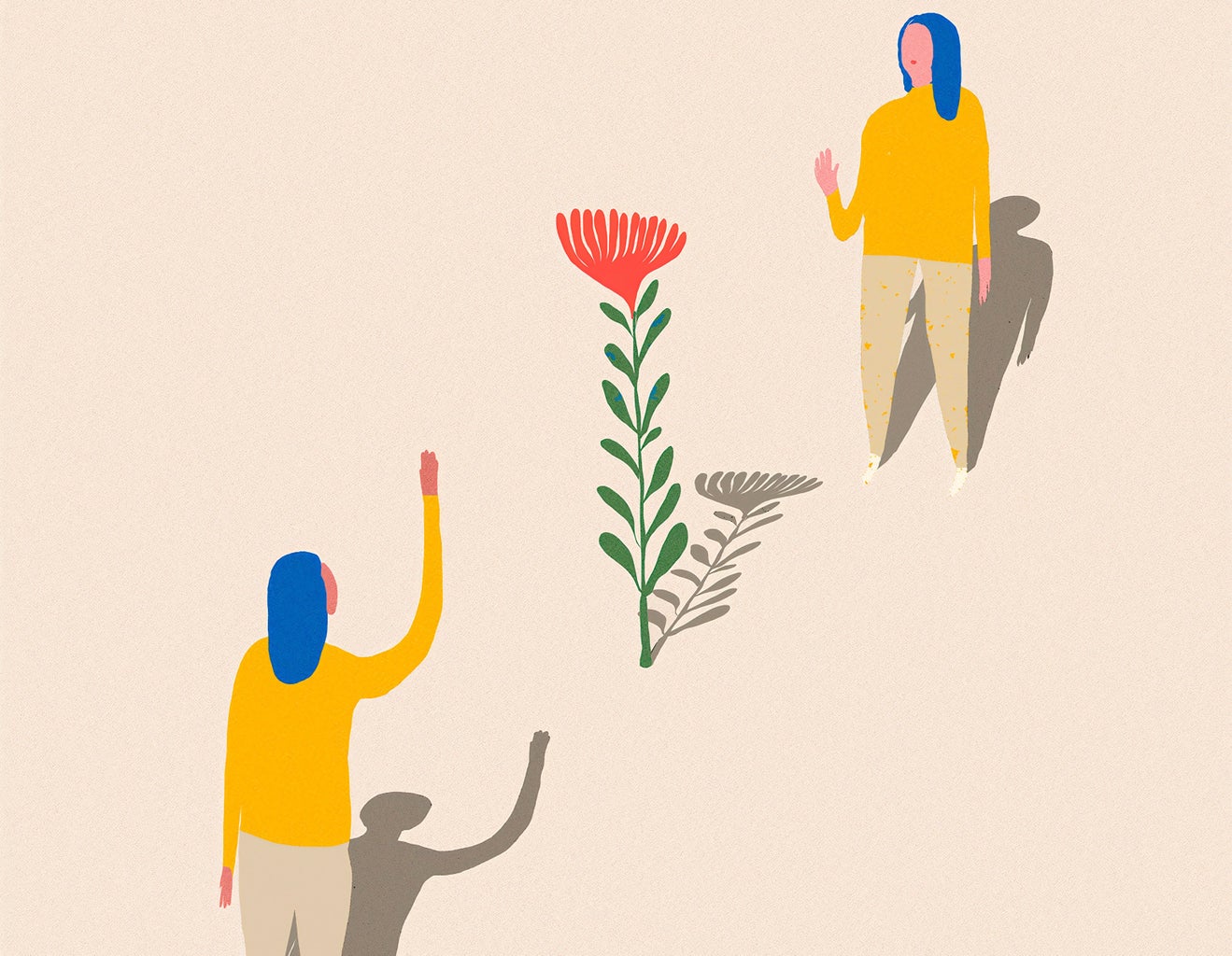When Amy Schumer joked at the 2022 Oscars ceremony about how the only animated film she’s seen is Encanto because of her toddler son, I couldn’t help but cringe. This attitude isn’t particularly unique, but I’m still tired of hearing it. In North America, animated films are generally grouped into two broad categories: Bright, colourful cartoons for children or raunchy, over-characterized drawings for adults. It’s either Frozen or Big Mouth, Tangled or South Park, Spongebob or Sausage Party.
But animation, just like writing, photography, sculpture, dance, filmmaking, or theatre, is a legitimate art form. Animation is not just something adults should groan about having to sit through for the sake of their infant children. It’s an incredibly diverse medium that is just as valid as the live-action movies that sweep award ceremonies every year.
When it comes to understanding the intricacies of animation, there’s no one else I would want to talk to other than Caitlin Rego. My roommate in 2018, Caitlin is a graduate of Sheridan College’s world-renowned Bachelor of Animation Program, and she’s been working in gam animation since 2019. Sheridan regularly ranks among the best animation programs internationally, and in 2021, was awarded the rank of best animation school in the country (again). Graduates participate in an Industry Day event, where representatives from top studios like Disney, Dreamworks and Pixar come and see the exceptionally talented work of students. Domee Shi, director of Pixar’s Turning Red, is just one of many Sheridan Animation grads working on the hottest films.

Caitlin has also come to the same realization as I have: Animation as a medium is often dismissed as a children’s genre in North America. But she says it hasn’t always been this way.
“Now the emphasis is really on educational programming for kids,” she says. “You assume that if it’s for kids, it must teach them something. But teaching doesn’t have to be black and white.”
In order for an animated movie to become a blockbuster here in North America, it generally has to follow a pattern: It’s created by either Disney, Dreamworks or Pixar (sometimes a combination), it is mainly 3D animated with CGI, and it has a moral for kids. In Toy Story, a franchise grossing over $3 billion, the lesson is all about how people grow up and the inevitability of change. In Frozen, the highest-grossing animated film of all time, the moral is to be bold and embrace your unique identity. With children being the primary audience, it makes sense that concerned parents would want their kids watching something family-friendly and educational. And it’s not to say that Toy Story and Frozen aren’t great movies, but films with a strong focus on human resilience and the value of kindness aren’t child-like concerns, they’re messages that all people should enjoy.
When Caitlin thinks about powerful animated media from her childhood, a few instantly stand out: Mulan, Brother Bear and Avatar the Last Airbender. She argues that though they were all initially consumed by kids, their stories are timeless and mature. These were animated forms of media that took huge concepts like psychological trauma, death, loyalty, respect and friendship, and put it all into a timeframe that children could appreciate, while their parents could understand that lessons aren’t always taught in the most straightforward ways. Caitlin says finding a creative way to tell a story is what makes a great animated feature.

But when an animated story is remade into live-action, such as the infamous white-washed 2010 remake of Avatar The Last Airbender, or more recently, Mulan (2020), fans of the animated originals are, understandably, frustrated. It pretty much reinforces what the mainstream media already believes: Older cartoons are for kids, and we need to make a grittier, live-action version to commercialize them for adults. As an animator, Caitlin says that when animation is essentially treated as nothing more than a way to entertain kids for a couple of hours, the issues continue.
“Again, the writing in these shows is incredible,” she explains. “The fact that things are being turned into live-action pieces to make them more palatable for a wider audience is part of the problem. I feel like the source content should be getting more of that praise to get people on board with watching and enjoying it.”
Caitlin also tells me that as we grow up, we’re often told that being cynical is synonymous with maturity and childhood is synonymous with naivety. But it doesn’t have to be this way. Who says adults can’t still appreciate creative stories that value kindness and depict strength in emotional intelligence?
“You’re expected to reach a certain age and view things a certain way and not spend your time with certain formats,” she says. “You become more rigid and set in [this mindset of] ‘this is what adult life is supposed to be,’ [and in turn] you have less of an appreciation for the arts, for culture – you’re kind of just stuck in this mode of ‘I’m an adult, I should function like clockwork.‘”
But it’s also worth noting that there are some incredible animated films from big North American studios that seem to break out of this “kids only” mould that we seem to have put ourselves in.

Domee Shi’s latest Pixar film, Turning Red, documents a 13-year-old girl coming to terms with family tradition while struggling with honesty, how hurtful words can be and puberty, all while grappling with the fact that she occasionally turns into a red panda. But this isn’t the body-swapping horror of David Cronenberg’s The Fly (1986) or the surrealist tale of Franz Kafka’s Metamorphosis (1915), where the protagonist turns into a giant insect. And, for the most part, critics appreciated the nuance of Turning Red, as protagonist Mei Lee learns about the dangers of repressing her emotions and how trauma affects relationships within the women in her family, all put against a colourful ’90s Toronto backdrop. But for some, this film rated PG is too inappropriate.
One reviewer from Common Sense Media, a site for parents to review and express concerns about whether certain media is appropriate for children, says: “Didn’t think I had to preview your movies before allowing our children to see them. This one has more than a few creepy, cringy moments along with an abundance of things parents try to steer their kids away from. Lying, deceit, sneaking around.”
But it’s also worth noting that this reaction is part of an overall mindset. If an animated movie is not 100 percent palatable for children, then it’s too inappropriate and must be for adults. What Turning Red does so excellently is subverting expectations. Parents may have left the movie suddenly reeling that their own child could be close to hitting puberty, and that means having a conversation that is just as awkward as it is necessary. Shirley Li from The Atlantic describes it perfectly: “[Turning Red] is a film that takes its young audience seriously, trusting that they’ll see in Mei a character whose emotions are normal for her age.”
Though I don’t doubt that Turning Red was made with kids in mind, it easily fits into something else entirely. It tells the viewer that animated stories can bend genres; animation doesn’t just have to be things like Family Guy or Baby Einsteins. Animated stories can be just as creative and expertly crafted as the stories we’ve come to expect when we flip through Netflix.
Caitlin feels optimistic about the future of animation in North America telling stories like Turning Red. The animation industry in other parts of the world isn’t limiting animated stories to just kids or NSFW jokes for adults. Waltz With Bashir (2008) is an Israeli animated documentary about PTSD and memory loss that one man experienced during the 1982 war with Lebanon. Another film, A Long Way North (2016), is a French film focused on a girl searching for her grandfather in the Arctic when everyone says it’s an impossible mission. And of course, anime movies coming from Japan have spanned countless genres across decades. Caitlin also says it’s great that people are studying animation now, that more people getting into the industry make for better stories being told.
“Especially with animation as an art form, having so many different perspectives in one place is invaluable,” she says. “It’s like a potluck. I could make my one [dish] but if everyone brings food to the table, it’s so much more enjoyable.”



